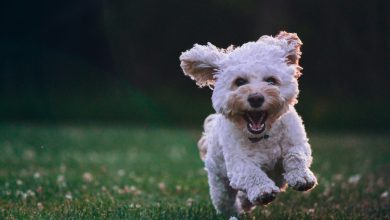Simple Methods to Solve Your Dog’s Chewing Habits
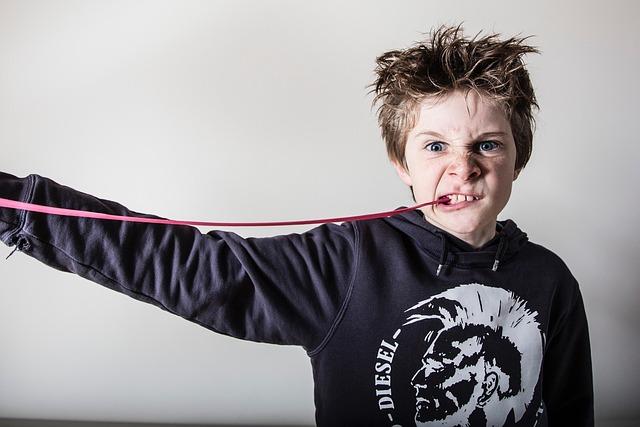
Chewing is a natural behavior for dogs, often serving as a means of exploration, stress relief, or teething relief for young puppies. However, when this instinct leads to damaged furniture, shoes, or other household items, it can become a significant concern for pet owners. Understanding the root causes of your dog’s chewing habits is the first step toward addressing the issue effectively. This article will guide you through simple, practical methods to redirect your dog’s chewing behavior, helping to protect your belongings while ensuring your pet’s needs are met. Whether you’re dealing with a teething puppy or an adult dog with a persistent habit, these strategies offer straightforward solutions to promote a harmonious living environment.
Understanding the Root Causes of Chewing Behavior
To effectively address your dog’s chewing habits, it’s essential to first understand why they engage in this behavior. Chewing is a natural instinct for dogs and serves several purposes. Teething is a common reason, especially in puppies who experience discomfort as their new teeth emerge. Boredom or lack of mental stimulation can also lead dogs to chew as a way to entertain themselves. In some cases, chewing may be a response to anxiety or stress, where dogs find comfort in gnawing on objects. Lastly, exploration is another factor, as dogs use their mouths to understand their environment, similar to how humans use their hands.
Identifying the underlying cause of your dog’s chewing is crucial to finding an effective solution. Consider observing their behavior to pinpoint the triggers. Here are some common reasons for chewing:
- Teething: Puppies chew to alleviate gum pain.
- Boredom: Lack of toys or engagement can lead to destructive behavior.
- Anxiety: Separation anxiety or sudden changes in environment can provoke chewing.
- Exploration: Dogs may chew to investigate new objects or textures.
Understanding these root causes will help you tailor your approach to curb the habit, ensuring a happier and more harmonious living space for both you and your furry friend.
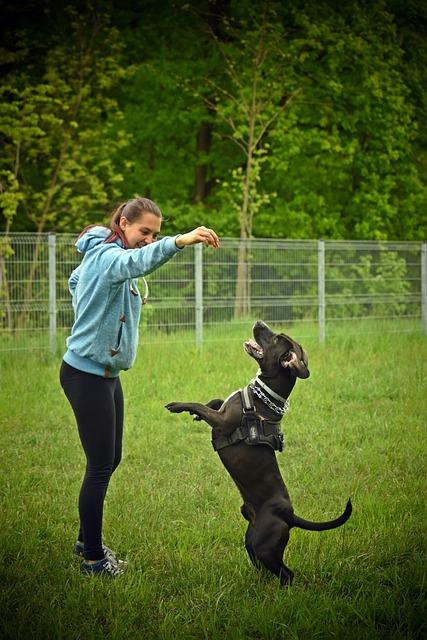
Implementing Effective Training Techniques
To tackle your dog’s persistent chewing habits, it’s essential to employ positive reinforcement techniques. Begin by identifying what triggers the behavior. Is it boredom, teething, or anxiety? Once you’ve pinpointed the cause, you can introduce targeted training. Use chew toys as a constructive outlet for your dog’s chewing instincts. Praise and reward your dog with treats or affection whenever they choose the toy over household items. This reinforces the idea that toys are the appropriate objects for chewing.
Consider establishing a consistent training routine to instill good habits. This could involve short, daily sessions where you guide your dog through various commands, incorporating chew toys as part of the exercise. Consistency is key, so ensure that everyone in the household follows the same set of rules and commands. Additionally, try the following strategies:
- Rotate chew toys to maintain your dog’s interest.
- Provide ample physical exercise to reduce energy levels.
- Use deterrent sprays on furniture and items that are off-limits.
By combining these methods, you can effectively curb your dog’s unwanted chewing while fostering a positive learning environment.
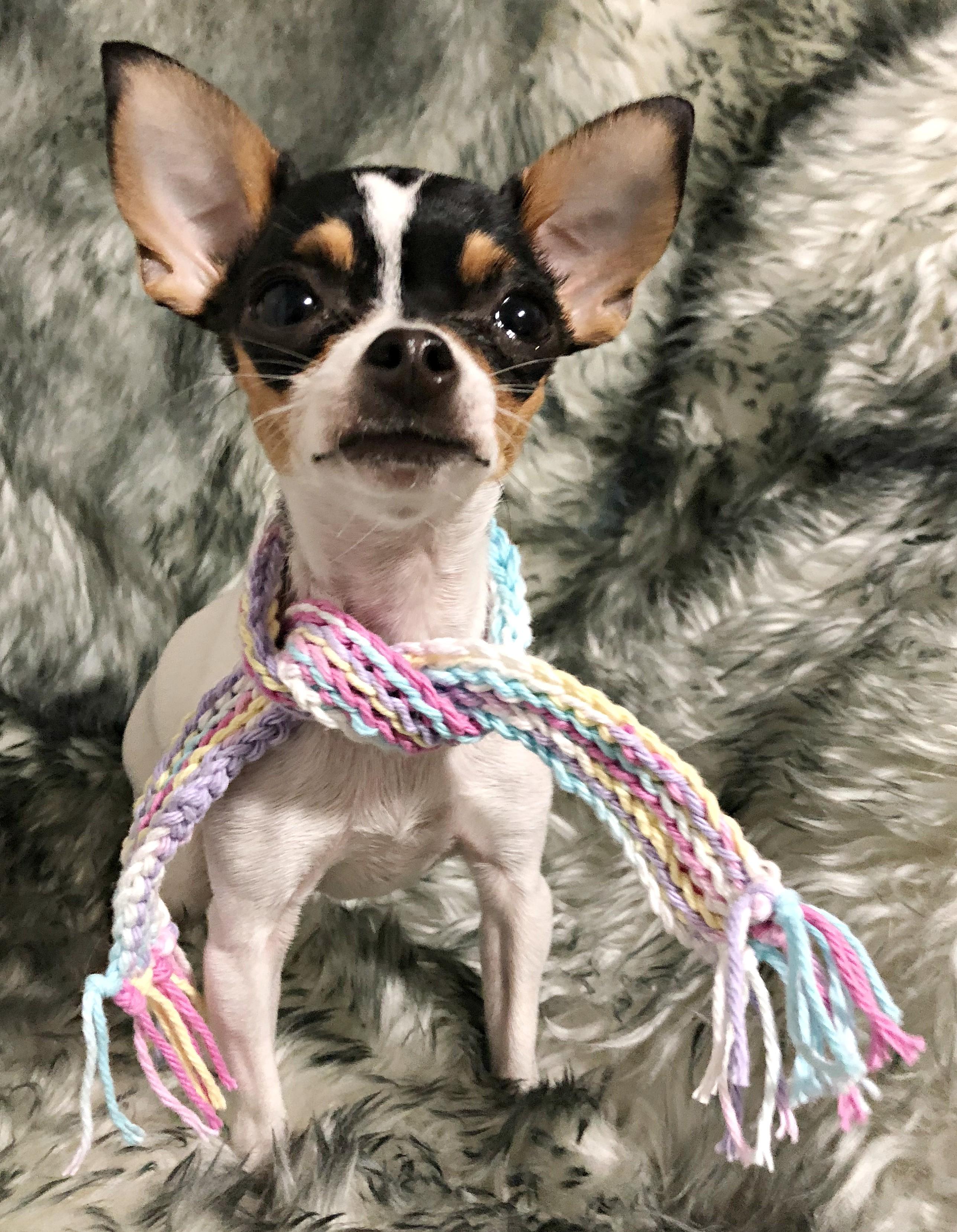
Providing Appropriate Chew Toys and Alternatives
Ensuring your furry friend has access to the right chew toys can significantly curb their destructive chewing habits. Variety is key—provide a selection of toys made from different materials like rubber, nylon, and rope. This not only keeps them engaged but also caters to their changing preferences. For puppies or dogs with sensitive gums, softer toys can be more appropriate, whereas more durable options work well for avid chewers. Always consider the size of the toy; it should be large enough that your dog cannot swallow it, yet small enough for them to handle comfortably.
Alternatives to traditional chew toys can also be highly effective. Consider offering natural options such as antlers, raw bones, or even specially designed dental chews that promote oral health. You might also explore food-dispensing toys, which not only satisfy their chewing instinct but also stimulate their mind by providing a rewarding challenge. Keep in mind that supervision is essential, especially when introducing new items, to ensure your pet’s safety and to observe their interaction with the toys. Regularly inspect and replace any damaged toys to prevent potential hazards.
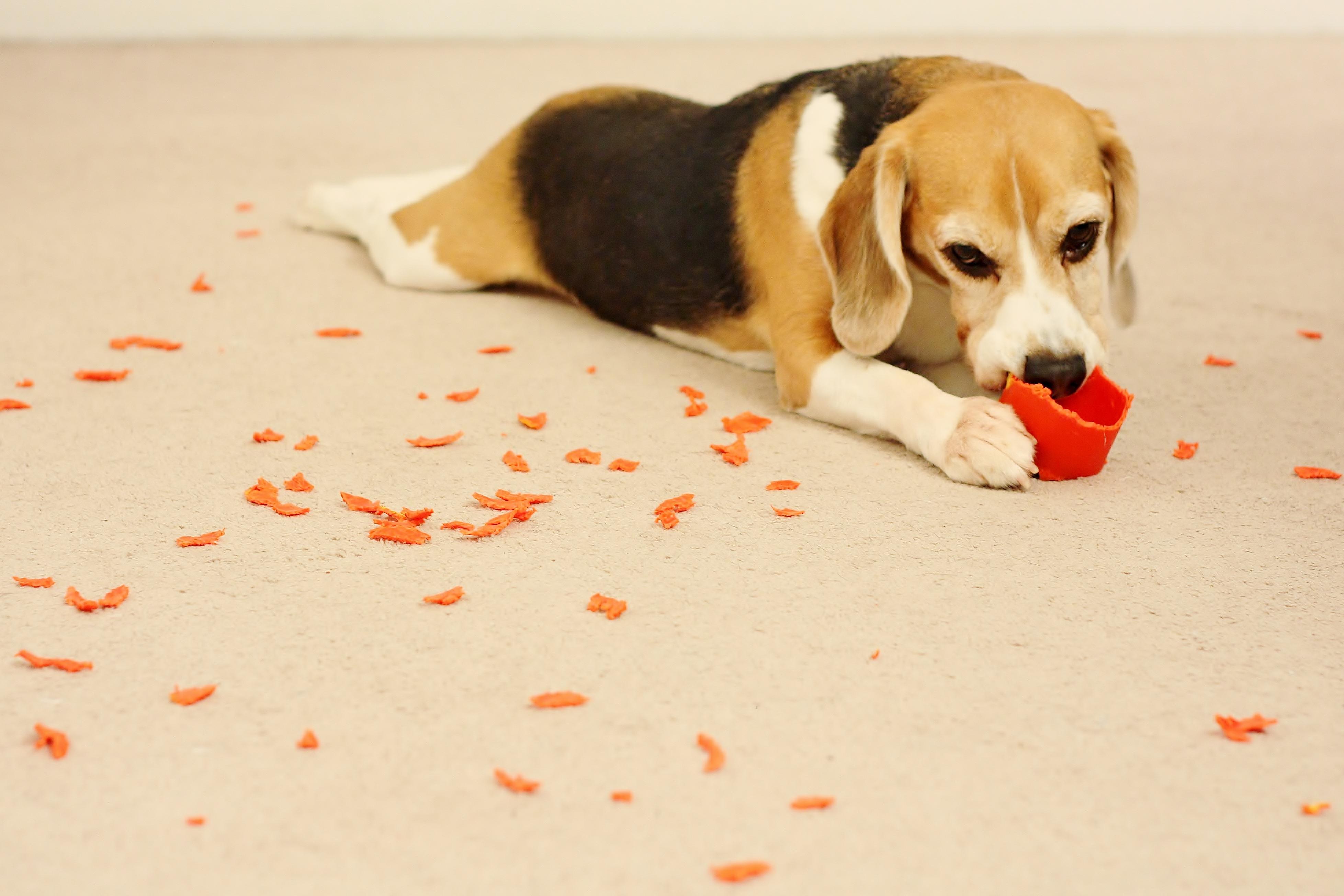
Ensuring a Safe and Stimulating Environment
Creating a secure and engaging space for your furry friend is pivotal in curbing destructive chewing habits. Dogs often resort to chewing when they’re bored, anxious, or curious, so ensuring their environment is both safe and stimulating can significantly mitigate this behavior. Here are some practical strategies:
- Rotate Toys Regularly: Keep your dog’s interest piqued by swapping out their toys every few days. This not only prevents boredom but also maintains their engagement with approved chew items.
- Secure Hazardous Items: Make sure to remove or secure items that could be harmful if chewed, such as electrical cords, toxic plants, or small objects that could be swallowed.
- Create a Dedicated Play Area: Designate a space where your dog can play freely without getting into trouble. Use baby gates or playpens to define this area, and fill it with safe toys and puzzles to keep their mind active.
- Interactive Playtime: Engage your dog in interactive play sessions to expend their energy and keep their minds occupied. Activities like fetch, tug-of-war, or agility exercises can be both mentally and physically stimulating.
By integrating these simple yet effective methods, you can help your dog channel their natural chewing instincts in a safe and positive way, ultimately fostering a more harmonious living environment for both of you.


